Understanding Individualized Education Programs (IEPs)
IEPs, or Individualized Education Programs, are customized plans designed to support students with special needs in their learning journey. These plans outline specific goals, learning needs, and services tailored to each individual student. Through an IEP, educators, parents, and support staff collaborate to ensure the student receives the necessary accommodations and modifications to succeed academically. Key components of an IEP include detailed information about the student’s current academic performance, measurable goals, specialized instruction, accommodations, and progress monitoring.
The Role of IEPs in Special Education
Individualized Education Programs, known as IEPs, play a crucial role in special education. IEPs are tailored plans designed to meet the unique needs of students with disabilities. They outline specific goals for the student, along with the services and support they require to succeed in school. Regular review meetings are held to assess the student’s progress and make necessary adjustments to the plan. The ultimate aim of IEPs is to ensure that every student with special needs receives a customized education that helps them reach their full potential.
Benefits of Individualized Education Programs
Individualized Education Programs (IEPs) are tailored to meet each student’s specific needs and goals in special education. Here are some benefits of IEPs:
IEPs help in creating a personalized learning plan for each student, considering their strengths and areas for improvement.
They provide a roadmap for teachers, parents, and students to work together towards academic success.
With IEPs, students receive the support and accommodations necessary to help them thrive in the educational setting.
IEPs promote a collaborative approach among educators, parents, and support staff to ensure the best possible outcomes for the student.
Components of an IEP
An Individualized Education Program (IEP) includes key components such as measurable goals tailored to the student’s specific needs, support services like speech therapy or counseling, accommodations for learning, and modifications to classroom materials or assignments. The IEP team, which consists of parents, teachers, and other specialists, collaborates to create and regularly review the plan to ensure the student receives the necessary support and resources to succeed in their education.
Developing an Effective IEP
When developing an effective Individualized Education Program (IEP) for a child in special education, it’s important to involve the child’s parents or guardians along with teachers, therapists, and other professionals. The IEP team should work together to set specific and achievable goals tailored to the child’s unique needs. Regular communication and collaboration among team members are crucial to ensure the child receives the support they require for their academic and developmental success.
Collaboration and Communication in IEP Planning
In IEP planning, collaboration and communication are key factors. Teachers, parents, and specialists work together to create a personalized plan for the student. Sharing information and ideas helps ensure the IEP addresses the student’s specific needs effectively. Open communication between all parties involved, such as discussing goals, progress monitoring, and adjustments, is essential for the success of the IEP.
IEP Implementation and Monitoring Progress
IEP stands for Individualized Education Program, which is a personalized plan for students with special needs. Implementing an IEP involves putting the plan into action to help the student reach their educational goals effectively. Monitoring progress is crucial to ensure that the student is making the necessary advancements and adjustments to the program if needed. Regular check-ins and assessments help track the student’s development and make any changes to the IEP as required. Your child’s progress is vital, so staying involved and informed is key to the success of their education plan.
Addressing Challenges in IEP Implementation
IEPs are tailored to meet the unique needs of each student with special education requirements. Challenges in implementing IEPs can arise due to a lack of consistent communication between parents, teachers, and administration. Clear and detailed goals in the IEP can help ensure everyone is on the same page. Regular progress monitoring is crucial to track the student’s development and make necessary adjustments. Training for all involved parties, including teachers, parents, and support staff, is essential for successful IEP implementation.
Parental Involvement in IEP Meetings
It is crucial for parents to actively participate in IEP meetings to ensure the best education plan for their child. Parents are essential advocates for their child’s needs and goals. By sharing their insights and concerns, parents help create a more tailored educational program that meets their child’s specific needs. Effective communication between parents and the school team is key in developing an impactful IEP. This collaboration fosters a supportive environment for the child’s learning and overall development.
Ensuring Success with Individualized Education Programs
Individualized Education Programs (IEPs) are personalized plans tailored for students with special needs to help them succeed in school. These programs outline specific goals, accommodations, and services to support each student’s unique learning requirements. IEPs are crucial in ensuring the success of students with disabilities by addressing their individual strengths and challenges. Through regular assessments and adjustments, IEPs help track progress and make necessary modifications to optimize learning outcomes. By fostering collaboration between educators, parents, and specialists, IEPs create a supportive environment that empowers students to thrive academically and socially.

